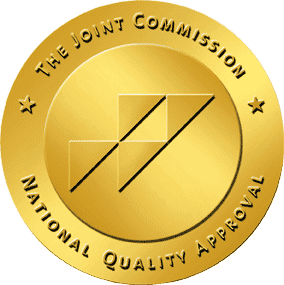Easier Charting for Nurses

Easier Charting for Nurses
Charting is a primary task for all healthcare providers. Electronic health records (EHR) were developed to improve patient care and decrease non-bedside activity. When an EHR system performs well, nurses have more time to devote to patient-centered care, and after all, that is what we do.
Frustration with EHRs has never been higher among healthcare providers. Dissatisfaction with EHRs can influence your job satisfaction. Common complaints are disruptions in productivity and workflow and a negative impact on communication between nurses and patients. Interruptions, insufficient staffing, and excessive documentation requirements add to patient care delays.
Technology can help staff do their jobs more effectively, or it can be a highly intrusive burden when providing patient care. Here are a few things you can do to make electronic charting easier.
1. Make sure you are charting on the correct patient
Making this mistake is easy if you have several patient records open at the same time. Although it seems obvious, double-checking the patient name at the top of the screen may save you considerable time. If you accidentally enter information in another patient’s record, you have to delete every incorrect entry line by line and include a note explaining why you made the deletions. An inaccurate assessment could add an hour or more to your charting time.
2. Chart in real time
Nurses need time for real-time charting to ensure that other health care providers can access up-to-date information on patients as well as providing accurate encounters. Real-time charting provides correct notation of hourly patient contact. Electronic records indicate the time an entry is made even when you change the notation time to when the event occurred. Completing real-time charting ensures that other health care providers can access up-to-date information on patients.It may be tempting to postpone your charting to the end of your shift when you are very busy, but it may take more time than if you entered the information immediately after working with a patient. By the end of the day, those little details aren’t as fresh in your mind, and you will have to take time to verify information such as new orders, patient education, responses to pain interventions, etc.
3. Take advantage of all EHR training
Take time to become familiar with the most widely used EHR systems: Epic, Cerner and McKesson. Some hospitals have complex electronic health record systems that can make some aspects of documentation very confusing. Take the time to learn their way of charting. If you find navigating their EHR difficult, ask for additional training or seek out assistance from colleagues who are well versed in the technology.
4. Employ bedside verification
To meet the National Patient Safety Goal of identifying patients correctly, scanning barcodes on patient wristbands and medication labels, you can verify all requirements of safe medication administration, as well as view vital lab results and diagnostic reports.
Reference:
Julianne Filion. March 29, 2016. Make electronic charting easier: 4 top tips for nurses. Retrieved:
https://www.gebauer.com/blog/make-electronic-charting-easier-for-nurses




